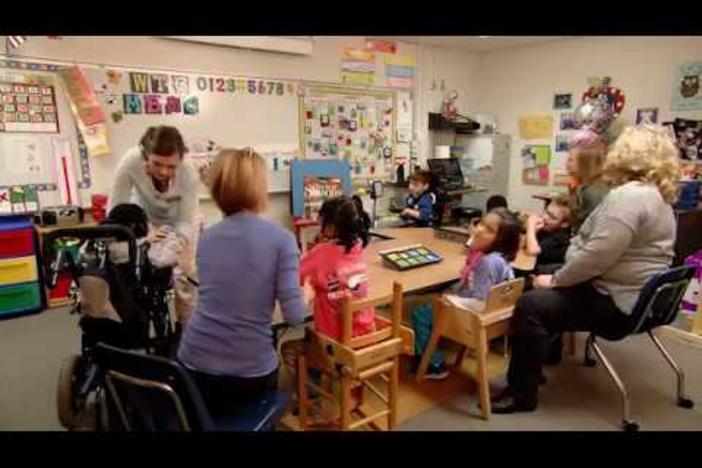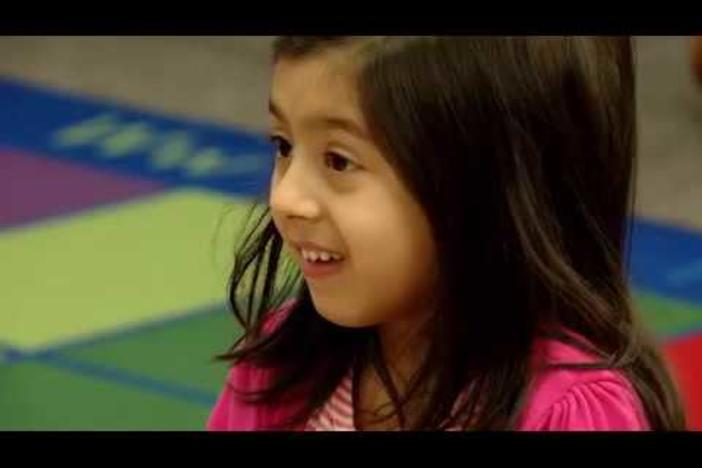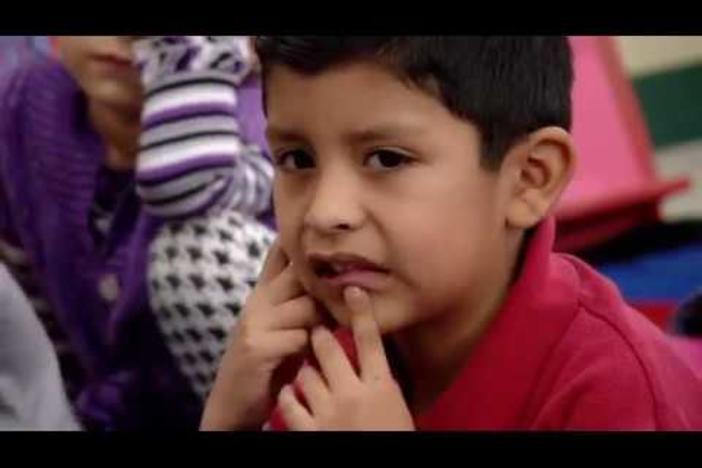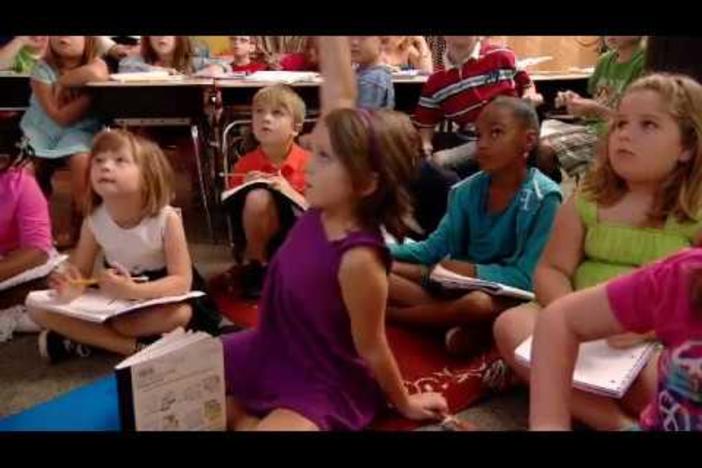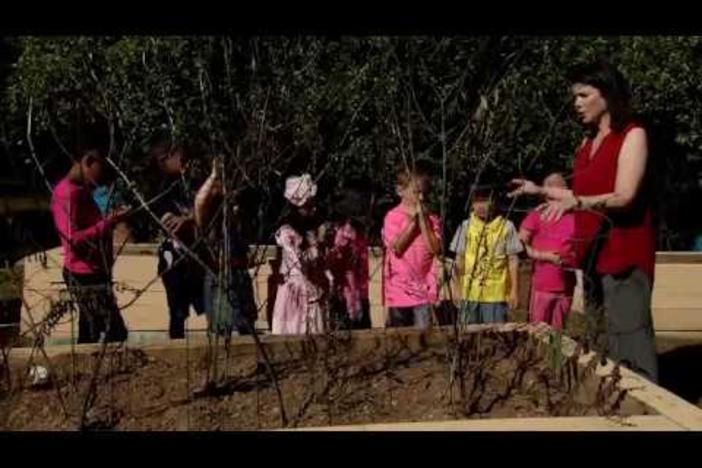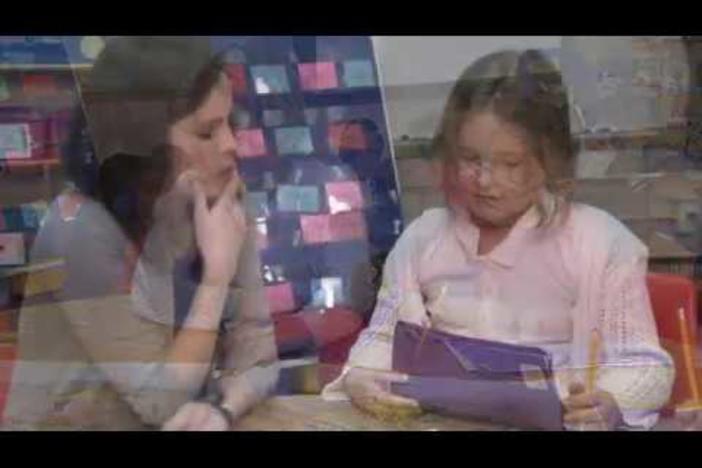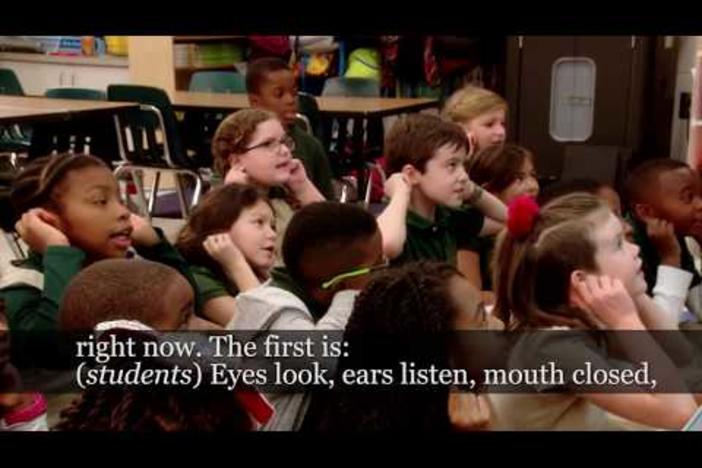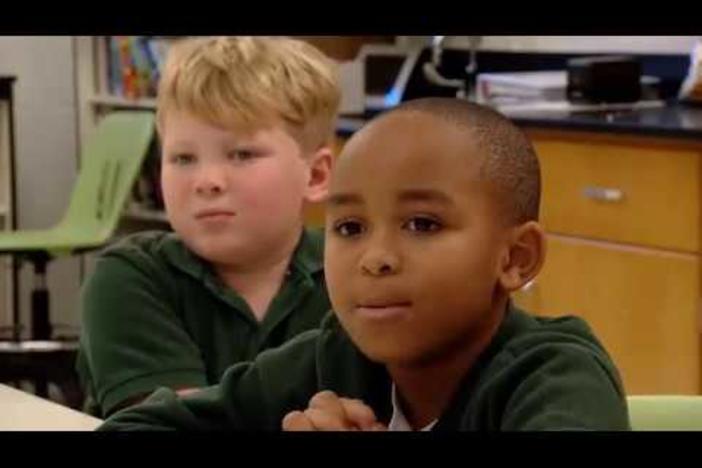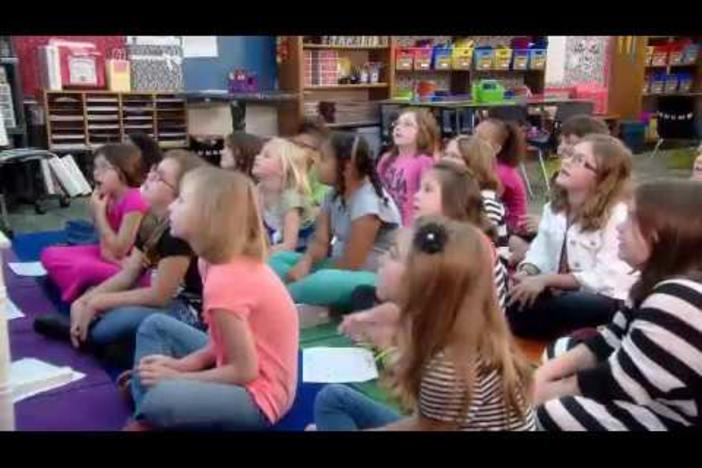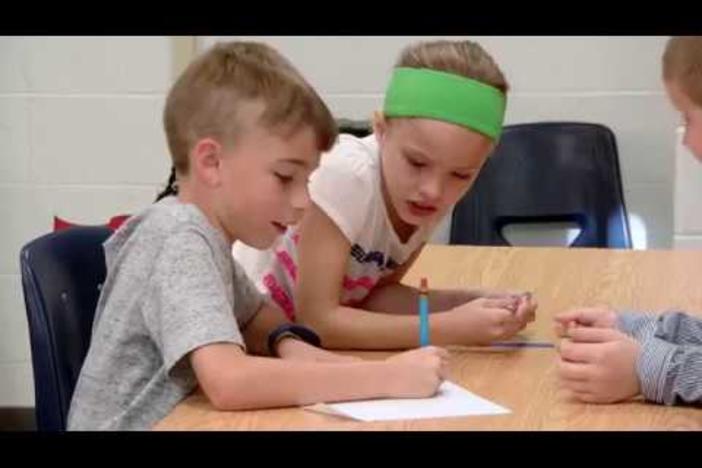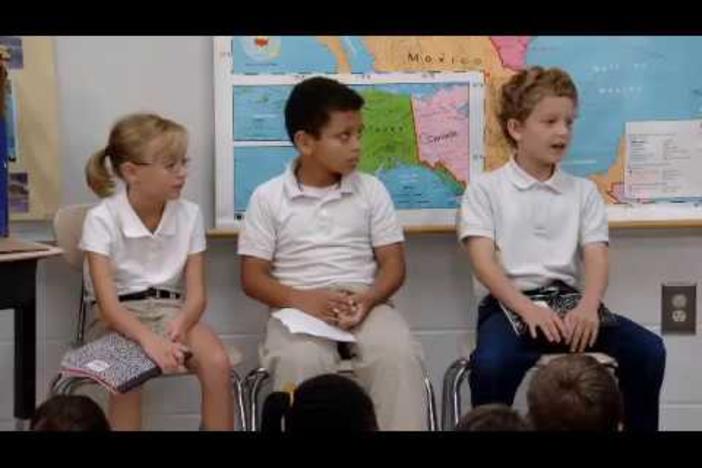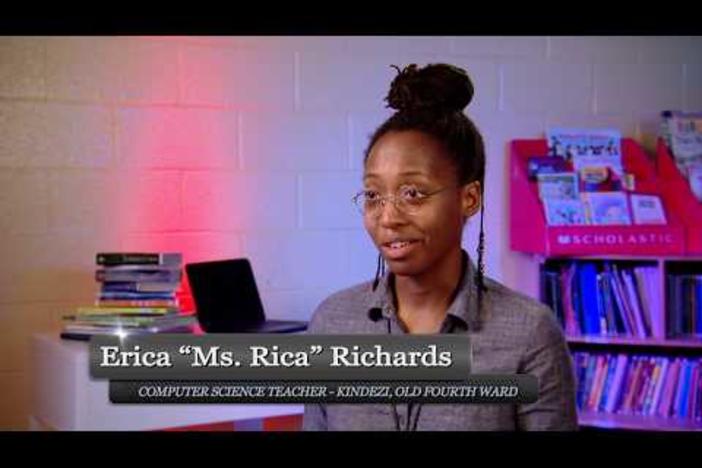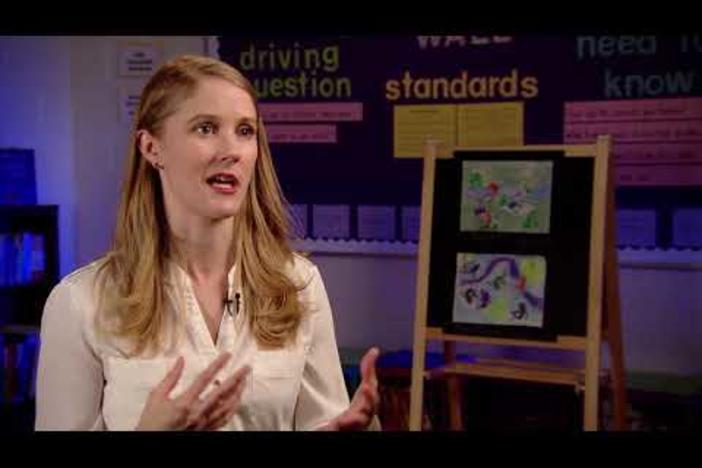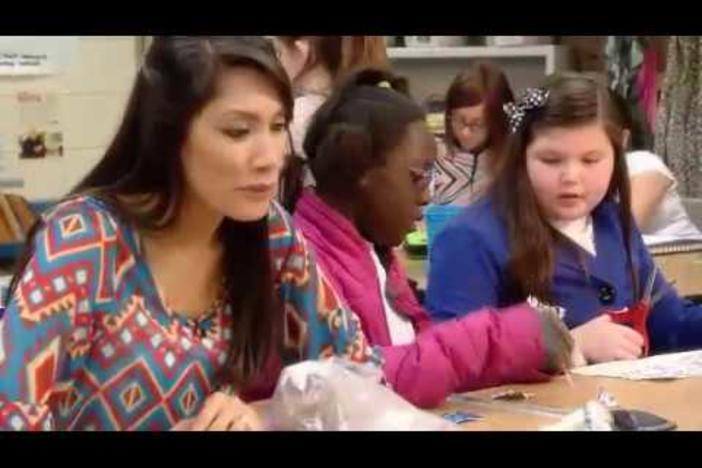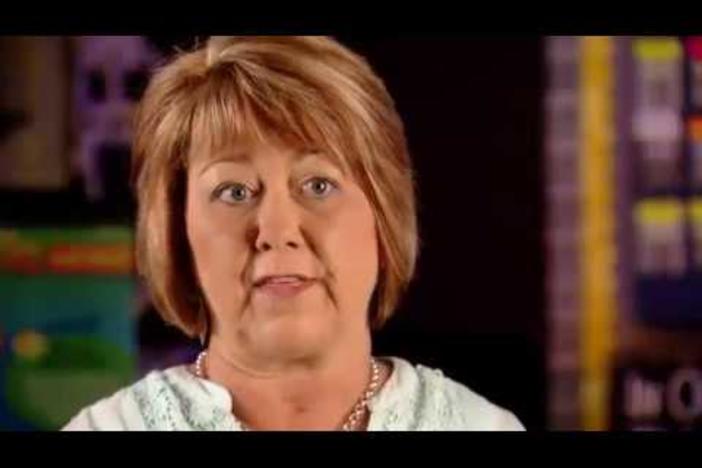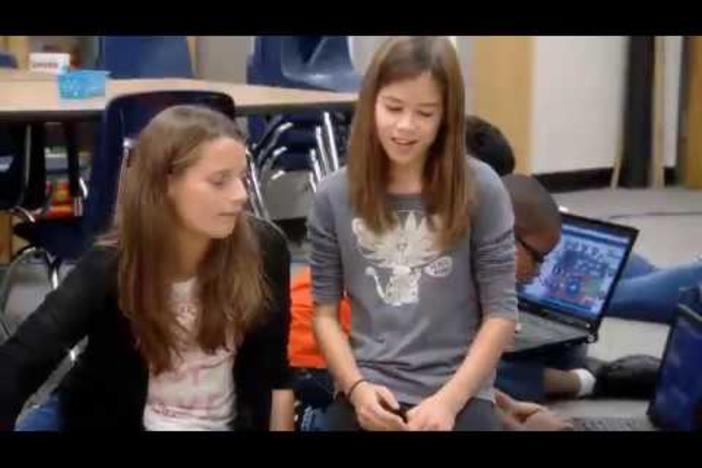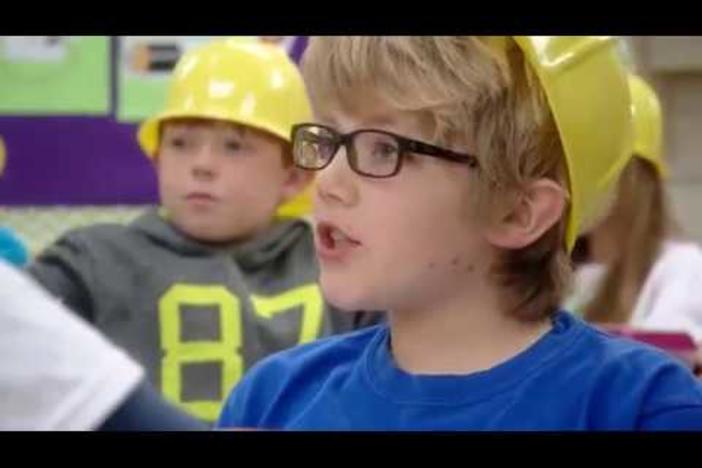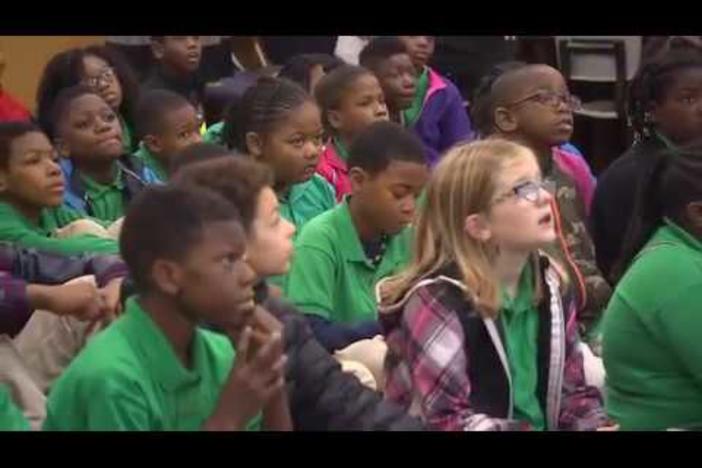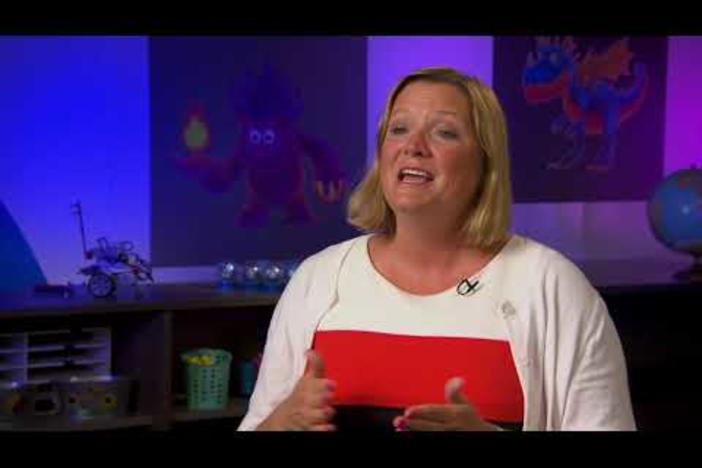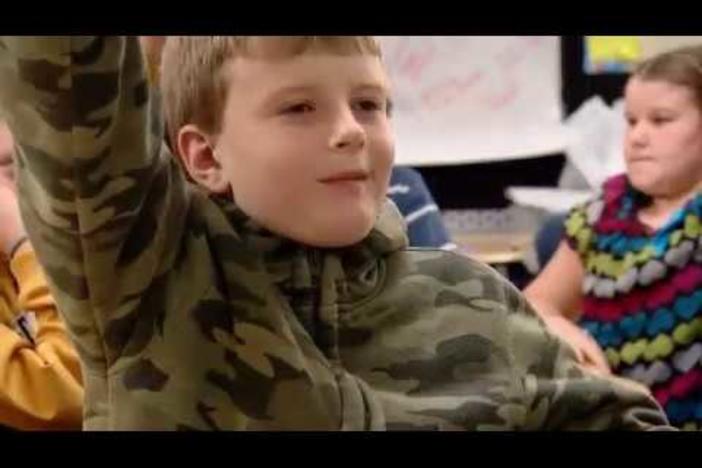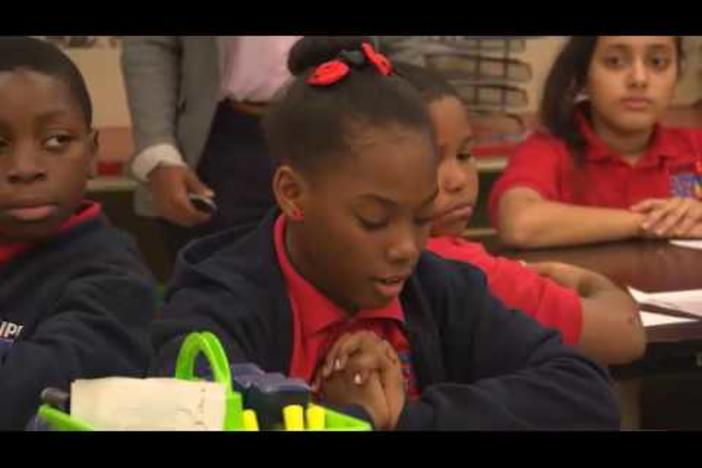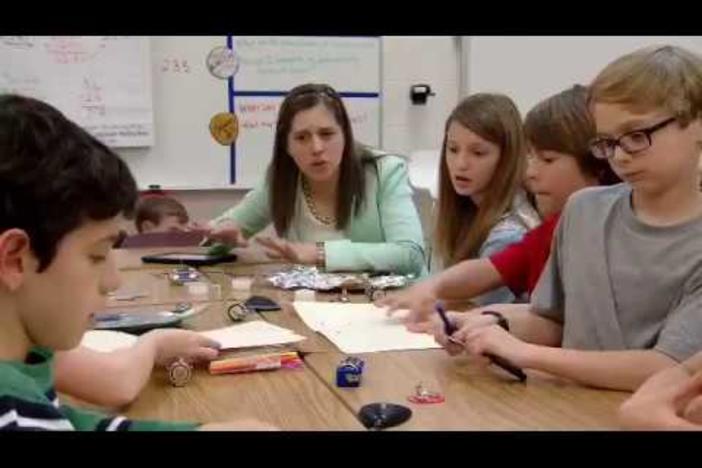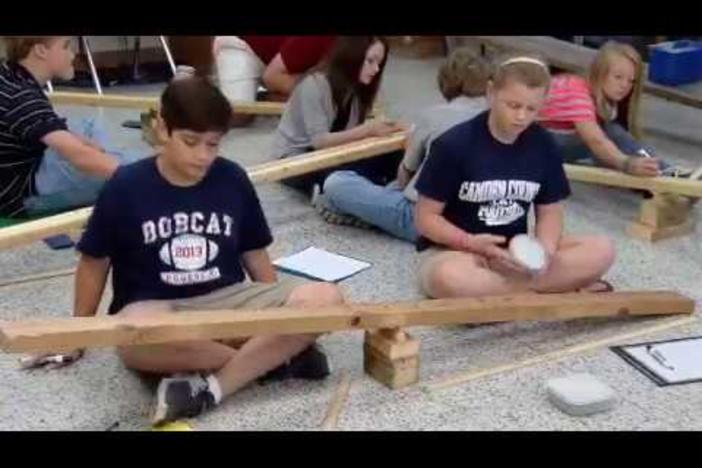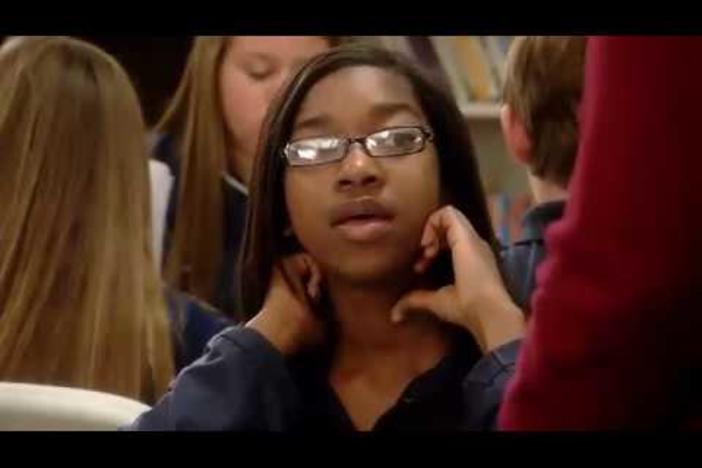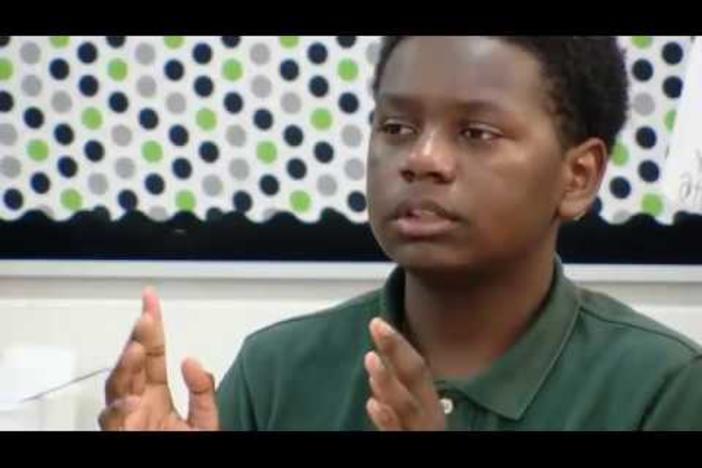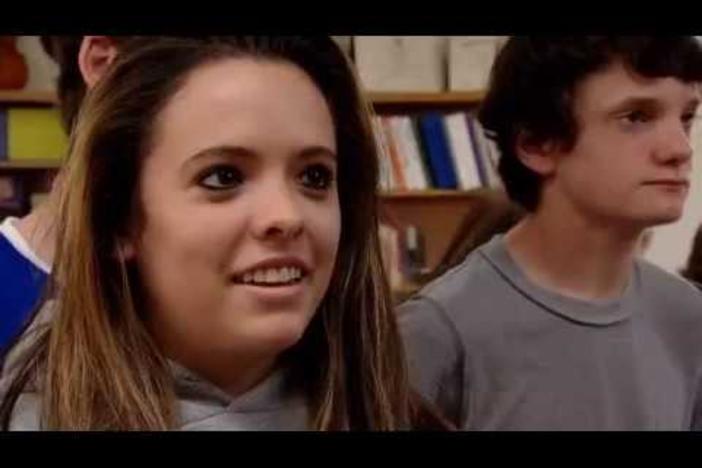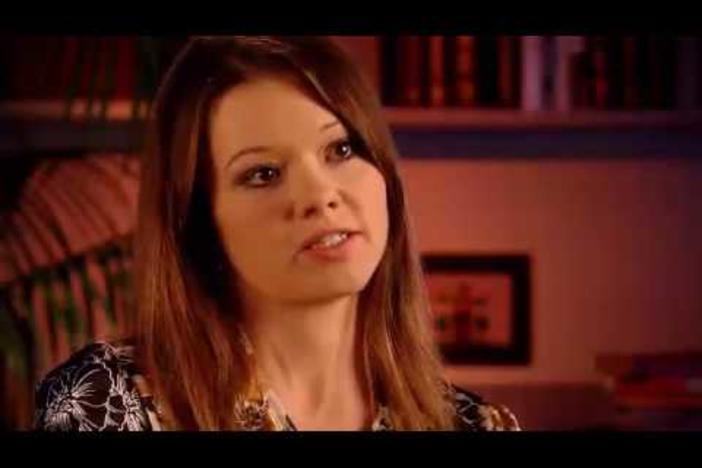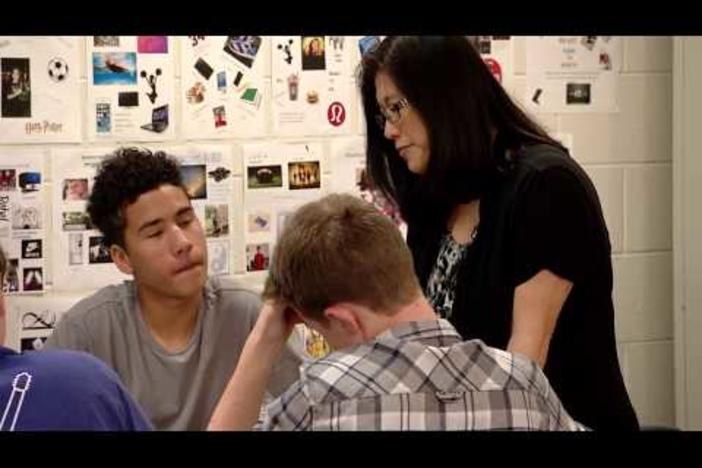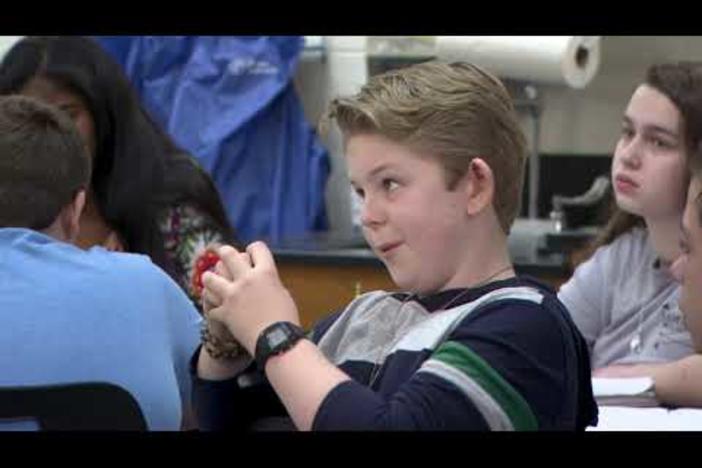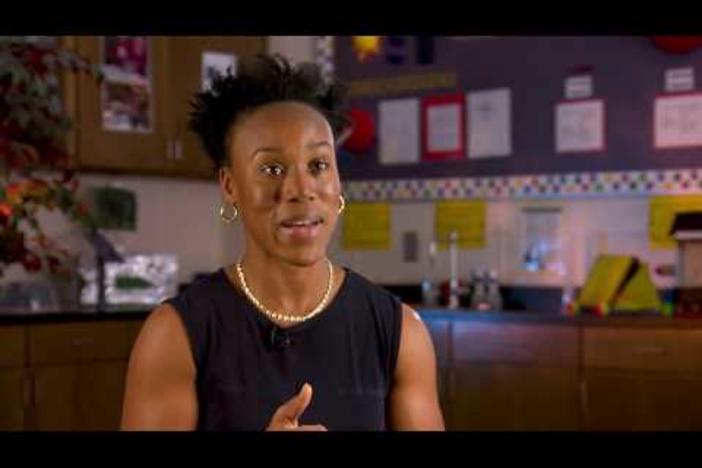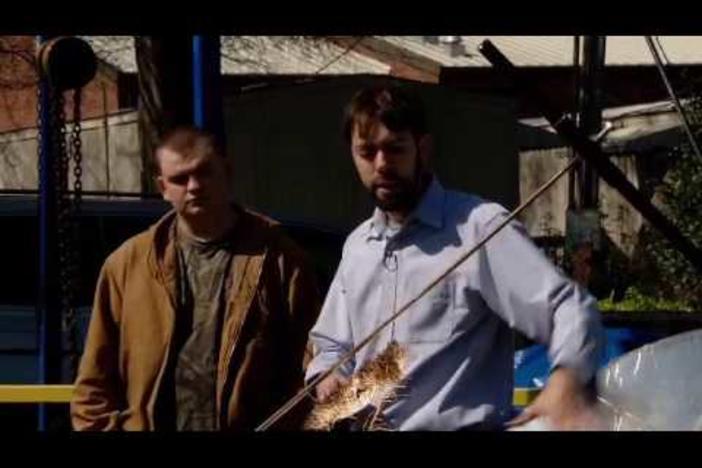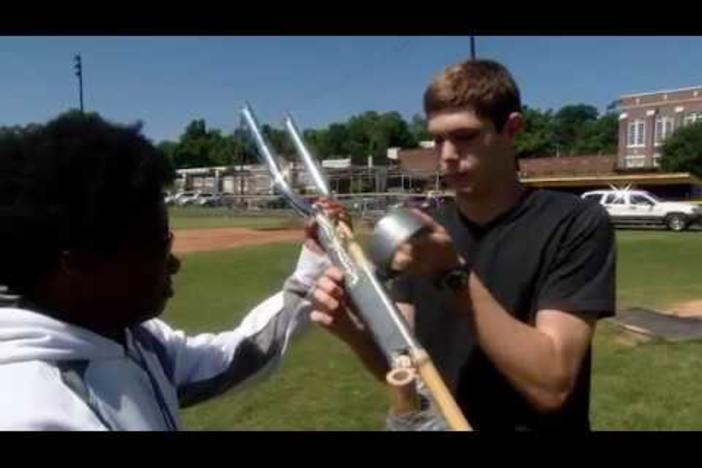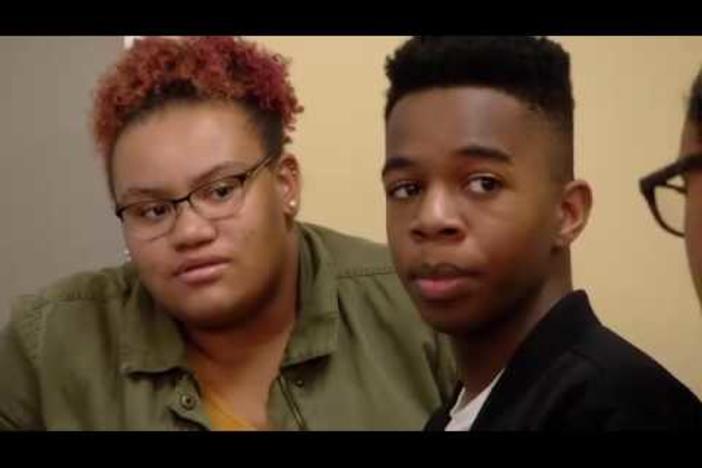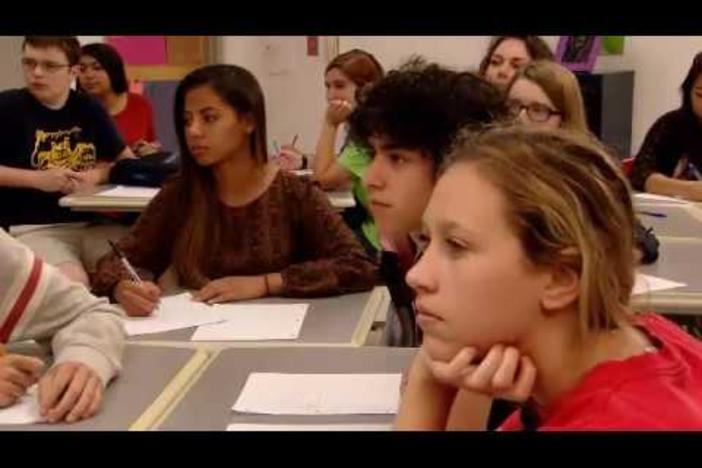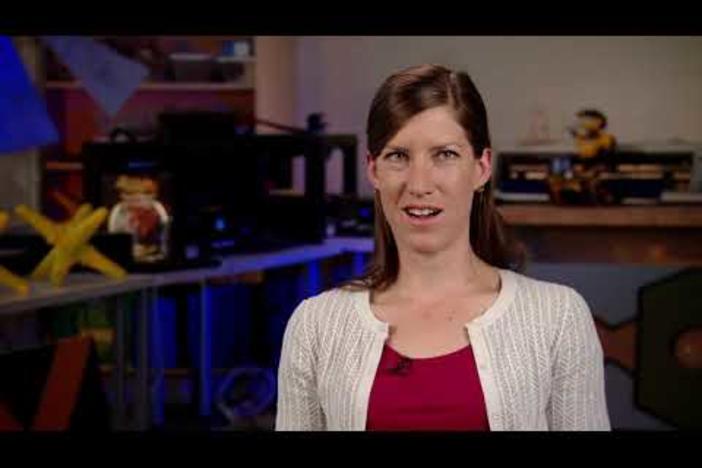Hands-on Applications of Modeling Geometry
This unit goes along with Unit 6, Modeling Geometry, of the Analytic Geometry Course. Throughout the unit, students will compare and contrast linear and quadratic equations, solve systems involving both equations by hand, make connections between right triangles and circles, and participate in hands on activities – such as heating up a broom with a giant paraboloid – that make mathematical concepts come to life. At the end of the unit, students will apply what they have learned to construct their own hot dog cookers and celebrate their new knowledge by cooking hot dogs.
Hands-on Applications of Modeling Geometry
This unit goes along with Unit 6, Modeling Geometry, of the Analytic Geometry Course. Throughout the unit, students will compare and contrast linear and quadratic equations, solve systems involving both equations by hand, make connections between right triangles and circles, and participate in hands on activities – such as heating up a broom with a giant paraboloid – that make mathematical concepts come to life. At the end of the unit, students will apply what they have learned to construct their own hot dog cookers and celebrate their new knowledge by cooking hot dogs.
Mathematics
Using algebraic properties and the properties of real numbers, justify the steps of a simple, one-solution equation. Students should justify their own steps, or if given two or more steps of an equation, explain the progression from one step to the next using properties.
Derive the equation of a circle of given center and radius using the Pythagorean Theorem; complete the square to find the center and radius of a circle given by an equation.
Derive the equation of a parabola given a focus and directrix.
Use coordinates to prove simple geometric theorems algebraically. *For example, prove or disprove that a figure defined by four given points in the coordinate plane is a rectangle; prove or disprove that the point (1, √3) lies on the circle centered at the origin and containing the point (0,2)*. (Focus on quadrilaterals, right triangles, and circles.)
-
About the Teacher
Dr. Brian Swanagan
Floyd County College and Career Academy
Floyd County SchoolsDr. Brian Swanagan is currently a 9th-12th grade Mathematics teacher at the Floyd County College and Career Academy in Rome, GA. He holds a B.S. in Applied Mathematics from the Georgia Institute of Technology. He also has a Masters, an Education Specialist degree, and a Ph. D. in Mathematics Education, all from the University of Georgia. His best piece of teaching advice comes from his dad who said that you needed to "Touch the heart to teach the mind."
